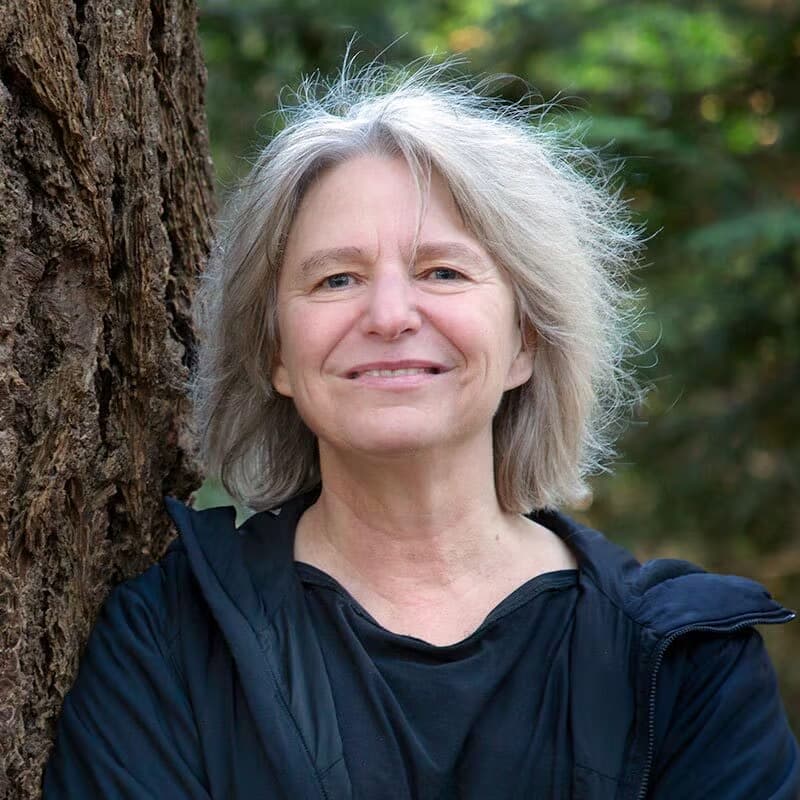
Simard, Suzanne
Professor
RPF
Leader of The Mother Tree Project
Department of Forest and Conservation Sciences
Forest Sciences Centre 3601
2424 Main Mall
Vancouver, BC V6T 1Z4
Canada
Areas of research include:
- Forest ecology
- Plant-soil microbial interactions
- Plant-plant interactions
- Ectomycorrhizae
- Mycorrhizal networks
- Forest stand dynamics (regeneration, growth, mortality)
- Forest disturbances
- Complex adaptive systems and ecological resilience
- Global change
Projects
The Mother Tree Project Current
May, 2017 – May, 2019
Forest Enhancement Society of British Columbia (Roach, Simard)
Designing successful forest renewal practices for our changing climate Current
September, 2015 – August, 2019
NSERC SPG (Simard, Roach, Pickles, Lavkulich, Mohn, Pither)
Plantmycorrhizal fungal interaction networks: understanding their role in the resilience and adaptation of forests to climate change Current
April, 2016 – March, 2021
NSERC DG
The Salmon Forest Project Current
May, 2017 – May, 2019
Donner Canadian Foundation (Simard, Ryan)
Using the functional traits of soil fungi to improve post-disturbance pine regeneration Current
May, 2015 – May, 2018
NSERC SPG (Erbigin, Cahill, Karst, Simard)
Awards and Distinctions
- Royal Roads University, Honorary Doctor of Laws Degree 2024
- Oregon State University, University Alumni Fellow, 2024
- CIF-IFC Canadian Forestry Scientific Achievement Award, 2024
- Brooklyn Botanical Gardens, Better Earth Award, June, 2024
- Oregon State University, College of Forestry Distinguished Alum, 2023
- Lewis Thomas Prize, Rockefeller University, 2023
- Kew International Medal, Royal Botanic Gardens, Kew, UK, 2023
- Canadian Botanical Association, Lawson Medal, 2022
- BC & Yukon Book Prize, Bill Duthie’s Book Sellers Choice Award, 2022
- Hubert Evans Non-Fiction Prize, 2022
- Banff Mountain Book Prize in Mountain Environment and Natural History, 2021
- National Outdoor Book Award for Natural History Literature, 2021
- Killam Teaching Award, 2006
